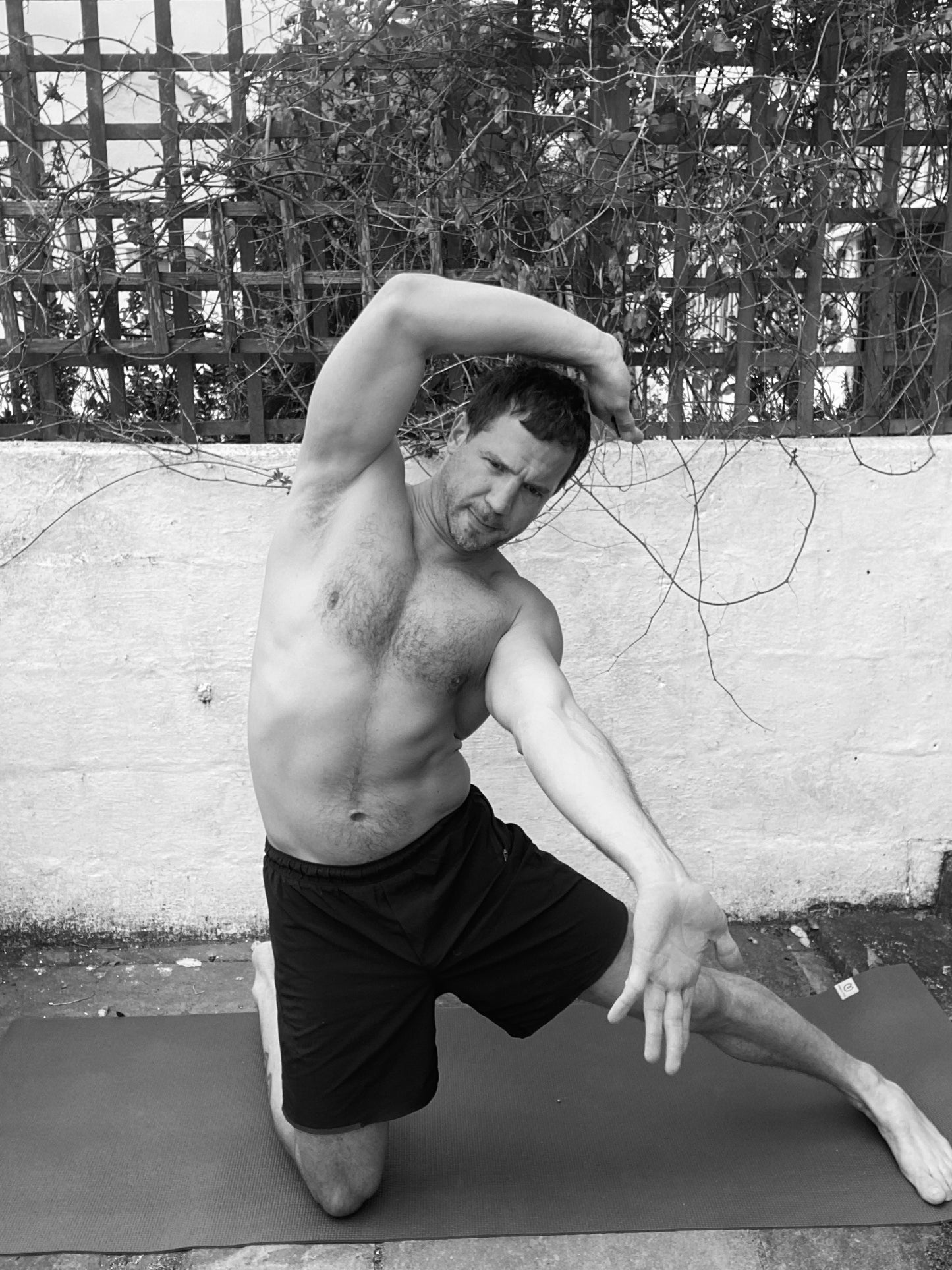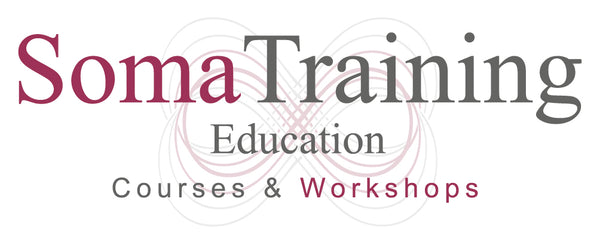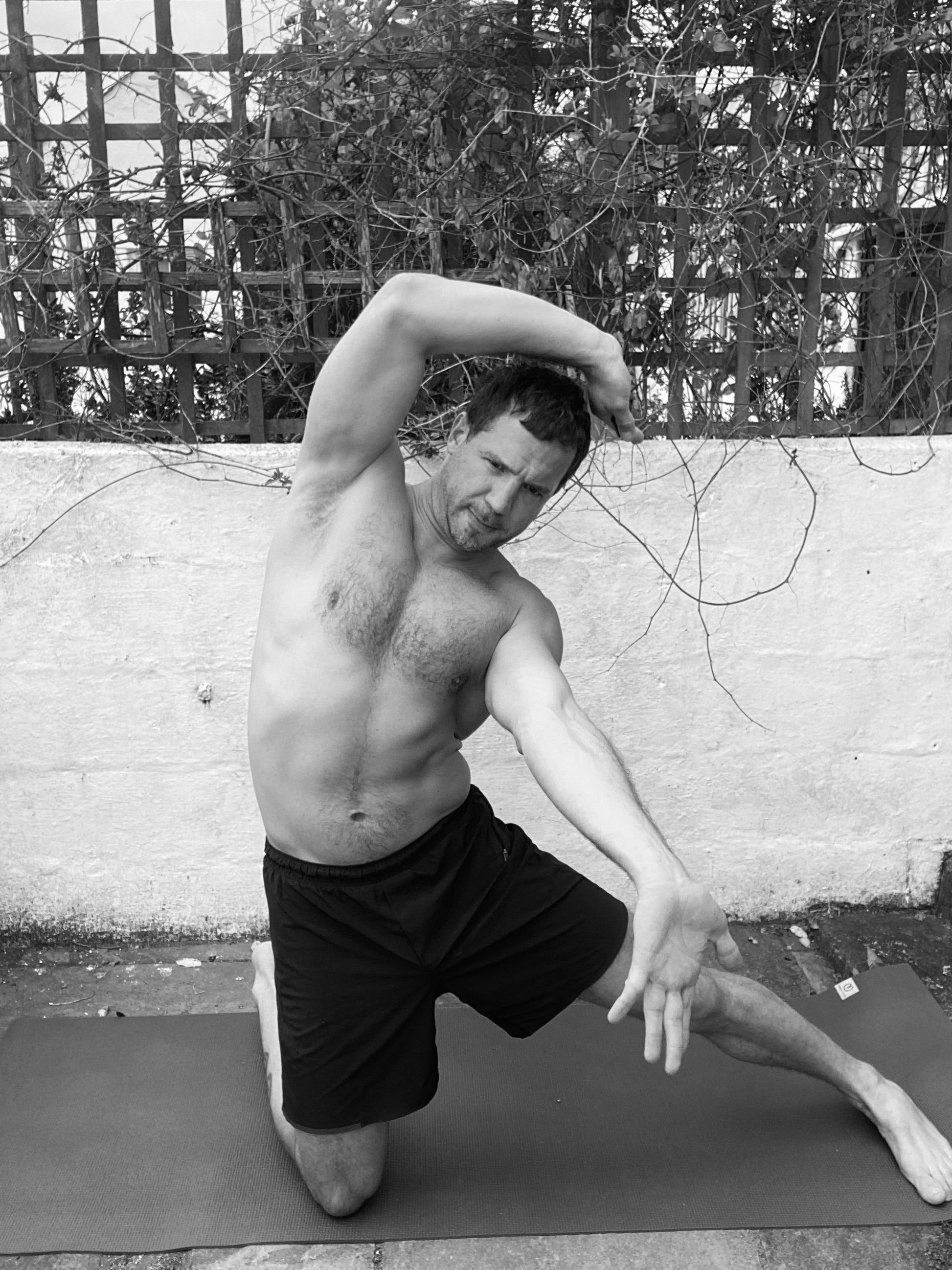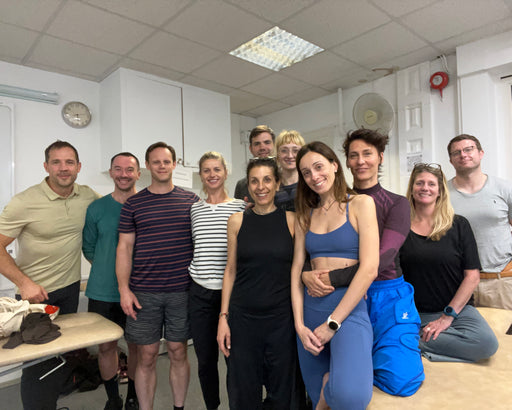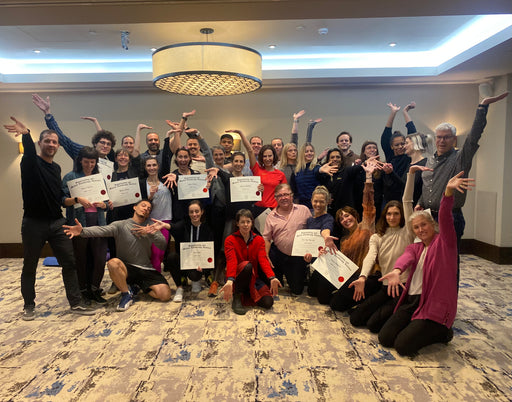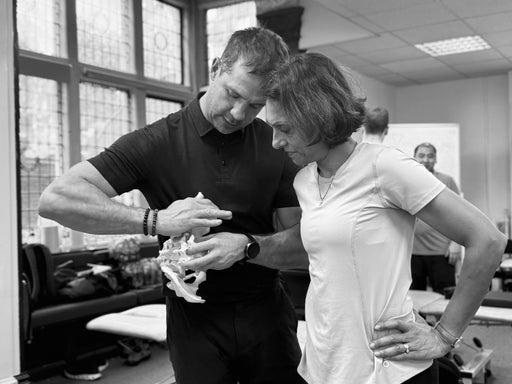SomaTraining UK
2.2. Myofascial Stretching
2.2. Myofascial Stretching
Couldn't load pickup availability
Date: TBA
Starting times:
Friday - 12-8pm
Saturday - 9am-6pm
Sunday - 8am-5pm
Location: British College of Osteopathic Medicine, BCOM - TBC
Stretching a muscle is only effective once the "skin", the fascia that covers it is free and functional. Myofascial stretching respect the anatomy and function of each muscle, their aponeuroses, their intrinsic fiber direction and their aponeurotic relationships. Taking all the above into consideration with the introduction of fasciae chains allow for an incredibly effective stretch position.
Course Description
This course consists of anatomy and biomechanics lectures followed by exercise practice where students, with the help of the instuctor, work in small groups to find a biomechnically accurate position for each muscle. You will learn a great number of new stretching exercises while challenging and improving your knowledge of functional and relational anatomy. Incorporating these techiques into any rehabilitation and training program will produce exceptional results in both pain management and performace enhancement.
- Learning outcomes:
- the physiology of stretching
- descriptive anatomy of muscles covered (below)
- descriptive anatomy and physiology of fasciae tissue
- how to direct the tension on various parts of the muscle (more distally, proximally) using specific stretching postures
- how to engage and disengage the deeper and more superficial layers of the muscle
- how to incorporate myofascial stretching into a corrective exercise program, strength and conditioning and rehabilitation program
- myofascial stretching: red flags, when to apply it
This course will cover myofascial stretches for all muscles listed below:
Muscles covered Lower Limb: iliopsoas, biceps femoris, semimembranous, semitendinous, superficial gluteus maximus, deep gluteus maximus, gluteus medius, obturator internus, piriformis, quadratus femoris, rectus femoris, vastus internus, vastus externus, graacilis, pectineus, tensor fascia latae, superior fascicle of adductor brevis, inferior fascicle adductor brevis, adductor longus, superior fascicle of adductor magnus, middle fascicle of adductor magnus, inferior fascicle of adductor magnus, medial gastrocnemius lateral gastrocnemius, soleus, tibialis anterior, extensor digitorum, extensor hallucis.
Upper Limb:long head of biceps brachii, short head of biceps brachii, posterior deltoid, anterior deltoid, middle deltoid, subscapularis, teres major, coracobrachialis, long head of triceps, medial head of triceps, lateral head of triceps, teres minor, infraspinatus, supraspinatus, pectoralis minor, deep pectoralis major, superficial pectoralis major, short supinator of the forearm, long supinator of the forearm, pronator quadratus, pronator teres, flexor digitorum communis, palmaris longus, anterior cubital, extensor digitorum communis, posterior cubital, first radial.
Spine and Thorax: middle intercostals, posterior intercostals, anterior intercostals, the crus of the diaphragm, the domes of the diaphragm, the intermediate part of the diaphragm, rectus abdominis, external obliques, internal obliques, latissimus dorsi, superior trapezius, middle trapezius, inferior trapezius, rhomboid major, rhomboid minor, levator scapula, quadratus lumborum, transverse spinous, longissimus, iliocostales.
